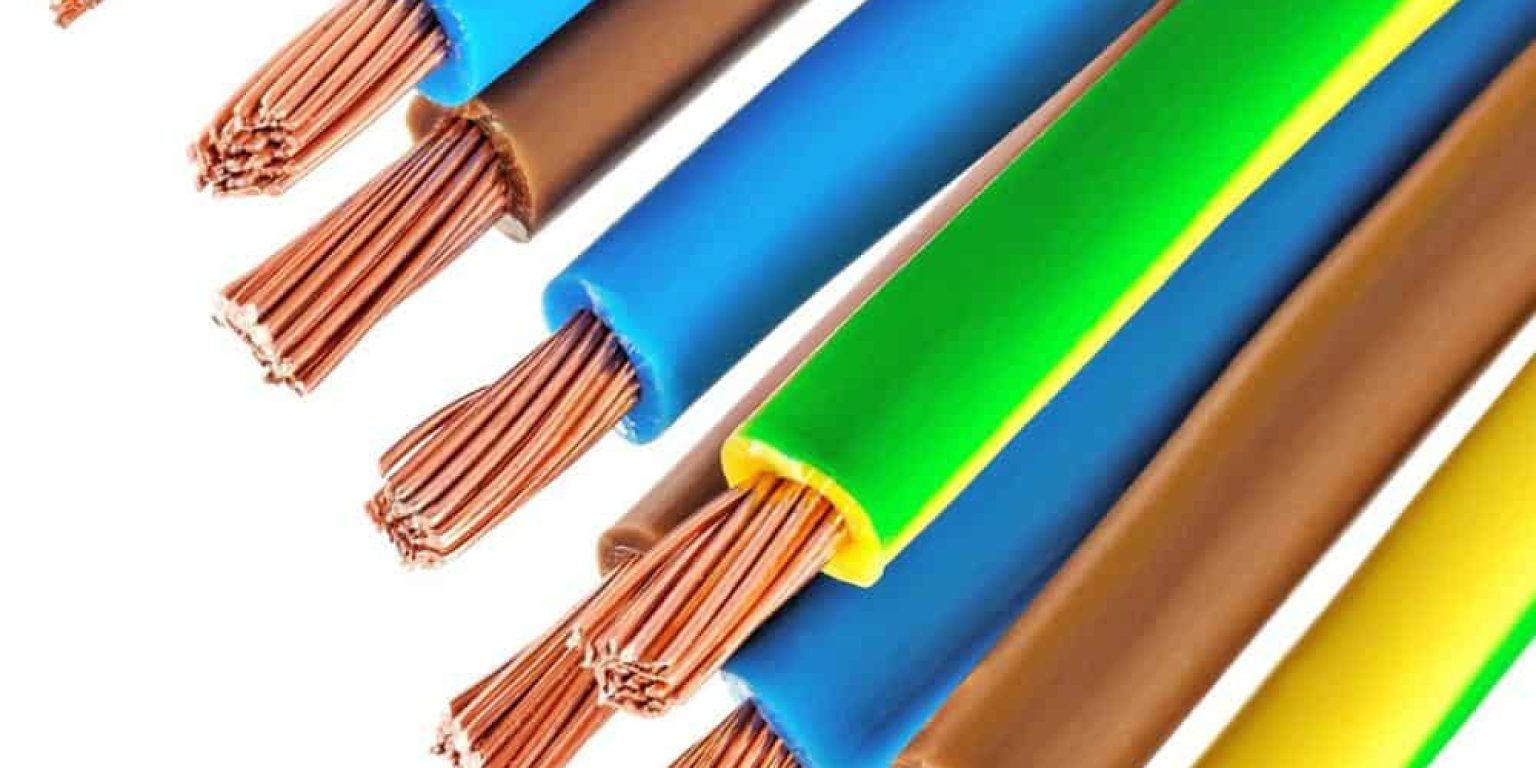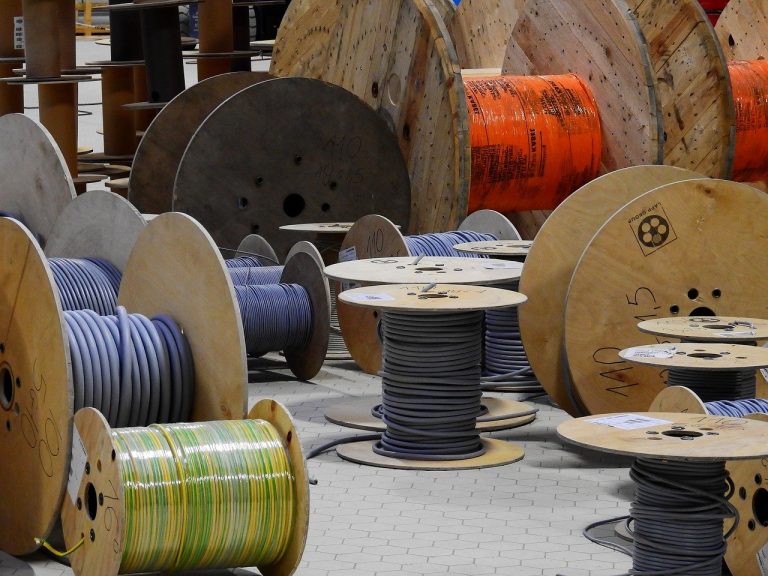Knowing the basic electric wire types is essential for nearly all electrical wiring projects around your home or office. Your choice of wire or cable has a significant impact on the outcome of your project. When carrying out a new installation, a considerable proportion of what you need to know involves the following aspects;
- Identifying the most appropriate wire
- Figuring out the best place to buy electric wire that you need
- Working out how to carry out the installation process correctly
Typically, it takes an insane amount of time to understand different wires and their specific uses. You have to subject yourself to hours of research, and even then, that is not enough. Once you figure out the ideal electrical wire for your specific application, you need to determine its best manufacturer. Buying the wire from the best manufacturer guarantees the quality of the cable. More importantly, choosing the proper manufacturer may minimize the overall cost of the project.
We understand that you might not have enough time to figure out all these things. So, to help you make an appropriate decision concerning your wiring needs, we’ve set up a six-question and answer post. It provides a wealth of information about types of electric wire, choosing the most appropriate one, how to use them, etcetera. As you read through it, you have to remember that it provides general information and not specific recommendations concerning your application. Specific requirements tend to vary depending on the project in question.
1. What type of electric wire is used in homes?
Take a walk inside your home and its vicinity, including the backyard, the garage, and the outdoor lighting panels. You will notice that there different types of wires and cables that make up your home wiring system. Essentially, there are different types of home wiring. In the past, home wiring cables comprised single conductor wires. Recently, however, any experienced electric wire manufacturer mainly focuses on producing multi-conductor cables. Multicore cables are convenient for use in home wiring systems due to their flexibility. Nevertheless, manufacturers still produce single-core cables because of inevitable instances where you have to mix single and multicore conductors. Here are some common types of electric wires used in homes;
THHN and THWN wires are single conductors with distinct color-coded insulations. Their initials portray their insulation properties. Specifically, THHN is an acronym for a thermoplastic high heat-resistant nylon-coated wire. THWN is an acronym for thermoplastic heat and water-resistant nylon-coated wire. These types of wires are applicable in open areas such as garages and basements and short exposed runs around your home.
It is important to note that THHN and THWN wires consist of color-coded sheathings that pinpoint their core functions. For instance, black, red, and orange colors identify hot wires. However, you must be aware that color codes may vary depending on the electric wire company responsible for the wire’s production. It is also worth mentioning that THHN and THWN wires are often applicable inside conduits, and you should never handle them when the circuit is on.
This type of electric wire consists of multiple thin stranded wires that offer maximum flexibility. This wire type you intend to perform an installation that requires constant sharp movements. However, you have to remember that there are several types of flexible wires. The PVC sheathed soft wire also known as RVV cable is arguably one of the most popular flexible. It is applicable across a wide range of applications including industrial machines and automobiles that require constant sharp movements. The PVC sheathed software also forms a critical wiring component for most home appliances refrigerators and microwaves.
A flexible wire also comes in handy when dealing with home lighting installations. However, there are some BS7671 stipulations that you need to adhere to I you choose to use this electric wire type for lighting systems. First, you need a heavy-duty flexible wire for all lighting installations. BS7671 regulations dictate that you have to provide adequate protection against mechanical damage for all lighting applications.
A shielded wire consists of one or more insulated conductors encased in a highly conductive layer also known as a shield. Generally, cable manufacturers use two main types of shields namely, a braided shield and a foil shield. However, a braided shielded cable is the most popular option because braids provide more protection against electromagnetic interference than foil shields.
Even though most people overlook the value of a shielded wire, it plays a critical role in today’s society. I cannot overemphasize the value of investing in a shielded cable in a world where most processes rely on constant data transfer. Usually, the most significant threat to data transfer is electromagnetic interference. Fortunately, a shielded wire has the capacity to repel any form of electromagnetic interference that may cause data decomposition.
This wire comes in handy when dealing with installations in industries that use machines that emit electromagnetic interference. Some of these industries include the petrochemical and the fertilizer industry. Nevertheless, you must always ground the shielded electric wire to create an amicable avenue for eliminating electromagnetic interference.
d.Low-voltage electric wire
There are different types of low voltage wires used in home wiring applications. The most common low-voltage wires include speaker wire, landscape lighting wire, doorbell wire, and sprinkler system wire, to name a few. Their electric wire size ranges from 22-gauge to around 12-gauge, depending on the type of wire in question. Low-voltage wire insulations typically consist of PVC material.
Low voltage wires are relatively cheaper than standard electric wires. So, you might feel a temptation to use them for other applications rather than their proper purposes. My dear, you must always ensure that you use this type of wire strictly for low voltage applications. Any attempt to consider the electric wire price over its actual intended use often ends in disaster.
2. Which is the best electric wire?
Since there are several electric wire types, you might find yourself wondering which the best one is. Well, there is no straightforward answer. The best choice of wire is entirely dependent on your specific wiring needs. It would be helpful to approach your cable choices depending on your installation conditions. Do you intend to carry out an indoor or an outdoor application?
If you intend to carry out an indoor application, you must consider the flexibility of the electrical wire. Indoor home wiring often requires a cable that can bend and flex without damage. Therefore, we can conclude that highly flexible wires such as non-metallic wires are the best wire for indoor home or office wiring. On the contrary, you need to prioritize safety over flexibility when picking the best cable for an outdoor application.
Still, it is essential to remember that cable requirements may vary within your home’s outdoor environment. For instance, you might need to carry out an overhead installation in one area and an underground fitting in another. An armored cable such as an SWA cable is the best wire for an outdoor installation. Yet, an Underground Feeder (UF) cable is the best wire to use as an underground electric wire.
Another aspect you ought to consider when picking the best wire is the electric wire gauge. The wire’s gauge is crucial because it determines the amount of current that it can carry without damage. It would be best to consider the length of the wire and the ambient temperature when selecting the best wire gauge.
3. How to make an electric wire?
Most electrical wires are typically copper-based because it is an excellent conductor of electricity. However, some manufacturers prefer using aluminum because it is cheaper than copper. When searching for an electric wire for sale, it would be best to confirm if it is copper or aluminum-based. Generally, copper wires perform better than aluminum wires, but there are certain instances when an aluminum electric wire comes in handy. Whether you intend to make an aluminum or copper wire, here is a step by step guide on how to make an electric wire;
A guide on how to make an electric wire
- The electric wiremaking process involves two distinct components namely, a fine copper conductor and Polyvinyl Chloride (PVC) insulation.
- The first and most crucial part of the manufacturing process is wire drawing. Wire drawing is a process that involves decreasing the diameter of the conductor progressively to its ultimate intended dimension.
- In the last phase of the drawing process, the conductor has to go through extreme heat treatment in a process known as annealing. The primary goal of this process is increasing the flexibility and conductivity of the conductor.
- After completing the drawing process, the wires are assembled together to make conductors in the wiring process. Essentially, it involves generating conductors with different cross-sections.
- After that, we move to the insulation process. This stage involves putting PVC insulation over the conductor. The insulation material is added through the extrusion process under extreme temperatures.
- Once the insulation is added, the whole length of the cable is put through a spark test. This test ensures that the wire’s insulation does not have any faults.
- Next, a voltage test is done on the whole length of the cable to ensure that it is in perfect condition.
Making a wire is a complex process. So, instead of making a wire, it would be best to buy electric wire from an accredited manufacturer. I am sure several electric wire suppliers near you would be glad to sell any wire to you. Your choice of manufacturer and supplier has a significant impact on the quality of the wire. Therefore, it is advisable to buy an electric wire online from leading manufacturers such as ZW cable. Contrary to popular belief, online purchases are pretty straightforward. Once you place an order and make the payment, we will deliver the way to any destination in the world within a short time.
4. How to connect electric wire?
The most crucial stage in making an electrical connection is picking the right job. Choosing the wrong wire will ultimately fail even if you perform the connection correctly. Secondly, you need to understand the type of connections around your home. Typical wiring in a home environment includes wiring to sockets, switches appliances, meters, and circuit breakers, to name a few. Understanding the type of connection you intend to make will help you figure out how to act appropriately. For example, when dealing with a heating appliance connection, you must go for a heating electric wire.
Connection techniques tend to vary depending on the type of connection. Consequently, it is best to consult electric wire diagrams dealing with your specific wiring needs. These diagrams are freely accessible on the internet, so all you need to do is perform a Google search. Nevertheless, there are some universal things you need to do when connecting an electrical wire.
Loosely connected wires can cause hazardous electrical fires. Therefore, you must check and confirm that your connection is firm, safe and secure before switching on the circuit. It is also wise to shut down the power before connecting any type of electric wire, including a low-voltage wire.
5. What is the color code for electric wire?
Learning wire color codes is an important exercise, especially if you are a do-it-yourself kind of guy. Color codes are precious because they help you pinpoint each wire’s purpose for a proper connection. Coding may vary depending on the manufacturer’s country and the regulations governing the production of cables and wires. However, electric wire colors in the USA are applicable in most regions around the world. So, we will take a look at the color codes and what they mean.
In most instances, you will notice a black wire in switch and outlet electrical wiring systems. Also, you will see that electricians often use a black wire as a switch leg in all power circuits. It would be best if you always considered any black wire as a live electric wire. In a 220 electric wire circuit, the red wire represents the secondary live wire.
You might come across blue and red wires at one point or another, but they are not as common as black and red wires. Blue and yellow colors represent live wires that run through conduits. They are popular in ceiling fans wiring, structural lighting and outlets. On the other hand, you must treat any white or gray-colored wire as a neutral electric wire
6. What size electric wire do I need?
The first and most crucial aspect you need to consider when choosing a suitable wire is its electric wire gauge size. A wire’s size determines its current carrying capacity. Considering that voltage needs vary depending on your project, there is no specific electric wire size that I can recommend.
Nevertheless, the most common sizes in residential wiring applications are 14 and 12 gauge. When dealing with high energy consumption appliances such as a heater and an electric stove, it would be best to go for an 8 electric wire or a 6-gauge wire. If you only intend to add an outlet, you should use the same gauge as the existing electric wire.
Last Updated on June 27, 2022 by Richard



